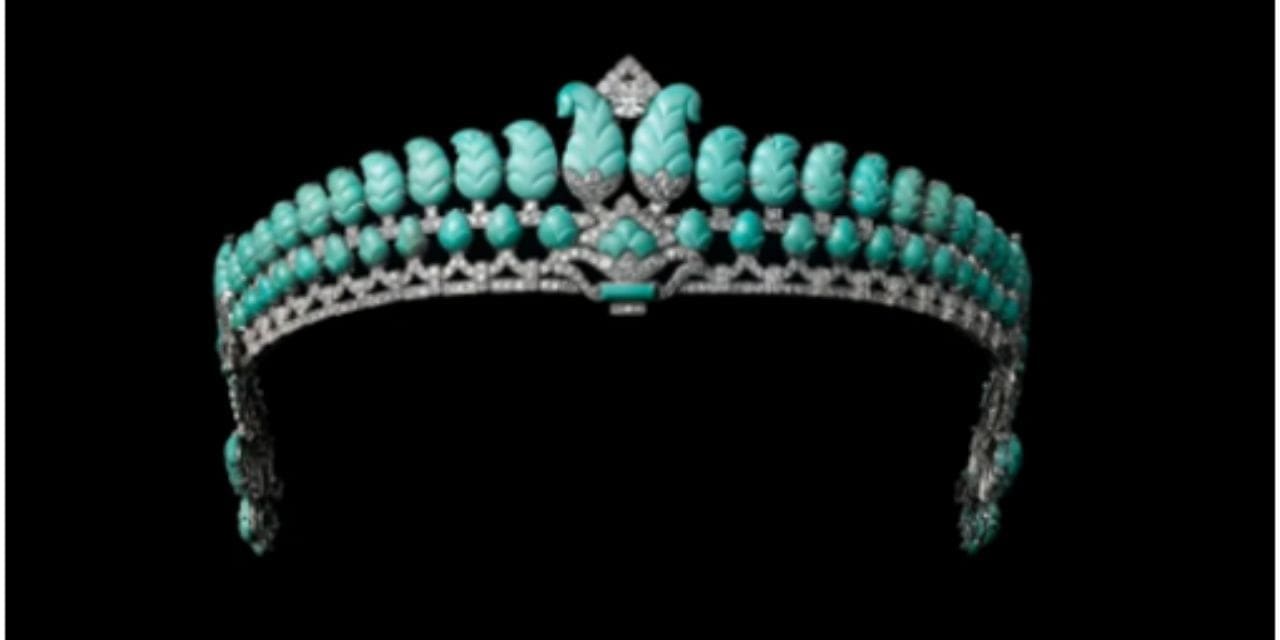For a hundred seventy five years, the word “Cartier” has been synonymous with iconic French glamour, from huge diamonds to cautiously taken into consideration watches. But a part of the jeweler`s signature fashion wasn`t homegrown—it become stimulated with the aid of using complicated Islamic artwork.
Now, a brand new exhibition on the Dallas Museum of Art (DMA) explores how Islamic artwork stimulated the French luxurious rings residence and helped Cartier end up a family call across the world. Created with the aid of using the DMA and the Museé des Arts Décoratifs in Paris, together with Cartier, the “Cartier and Islamic Art: In Search of Modernity” exhibition is on view now thru September 18.
The residence`s love affair with Islamic artwork started out on the flip of the twentieth century, while Middle Eastern artists and traders started out bringing their artwork and antiques to exhibitions in predominant European cities. Louis J. Cartier, whose grandfather Jacques Cartier had based the French own circle of relatives`s rings commercial enterprise in 1847, attended the ones indicates and have become all in favour of the patterns, shapes, colorations and shape of Islamic artwork. His brother Jacques Cartier advanced a comparable connection to the wonderful creative fashion after visiting to India withinside the iciness of 1911-12.
As they elevated the own circle of relatives commercial enterprise across the world, the brothers started out weaving Islamic artwork bureaucracy and strategies into their bracelets, watches, brooches, necklaces, rings, clocks and different high-stop pieces.
More than four hundred objects—from glittering tiaras to historic snap shots and works of Islamic artwork from the DMA`s strong collection—inform the tale of Cartier`s fashion evolution withinside the overdue nineteenth and early twentieth centuries.
The Cartier brothers—Louis, Jacques and Pierre—drew idea from India, Iran, North Africa, the Arabian Peninsula and past to broaden the brand`s signature fashion, which developed from Neoclassicism to Art Nouveau to Art Deco. Their colourful TuttiFrutti line of the Twenties and `30s, for instance, included rubies, emeralds and sapphires with inside the shapes of flowers, berries and leaves determined in conventional Mughal Indian rings.

